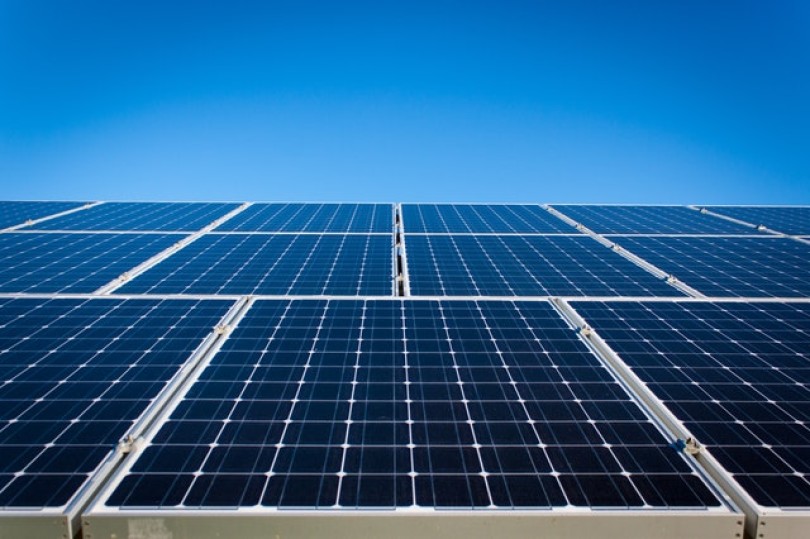Is Autonomous Driving coming to the UAE?
26 Apr 24
Lab ChatThe Global News Source for the World of Science and Chemicals
18 July 2019
Lab Chat
The UAE may have built its wealth upon the vast reserves of oil beneath its territory, but it is doing its utmost to diversify the country’s economy and energy supplies away from fossil fuels. That much is certainly clear with the launch of Noor Abu Dhabi, the largest single solar farm of its kind in the world, which started operations at the beginning of the month. The farm has a maximum capacity of 1.117GW.
While there are three locations capable of producing more power from the rays of the sun (one in China and two in India), all of them are solar parks as opposed to single farms – meaning they are comprised of multiple different projects occupying the same space. The closest competitors in terms of single farms is China’s Datong Top Runner Base at 1GW, while the US’s Solar Star project lags far behind with just over half of Noor’s capacity at 569MW.
Two years ago, the UAE launched its Energy Strategy 2050, which laid out a set of concrete goals aimed at improving the environmental credentials of its energy supply within 31 years. One of the biggest targets is an increase of renewable energy’s contribution to the overall total of just 25% at present to 50% by 2050. Noor Abu Dhabi should go some considerable way to making that objective a reality.
According to the Emirate Water and Electricity Company, who are the owners of Noor, the 3.2 million solar panels which make up the farm will be capable of producing enough power for 90,000 Emirati residents. By transitioning away from more polluting forms of energy generation, Noor will remove one million metric tonnes of carbon dioxide from the UAE’s emissions, which is the equivalent to taking 200,000 passenger cars off the road permanently.
While Noor currently holds the record for largest solar farm, it’s unlikely to do so for long. The Emirate Water and Electricity Company aren’t resting on their laurels and have already floated plans for a 2G facility in the country, while neighbouring Saudi Arabia are pursuing an even more impressive 2.6GW farm in Mecca. The Middle East may have traditionally been associated with some of the least environmentally-friendly practices on the planet, but the region is at least making concerted efforts to clean up its act.
Those kinds of innovations are not just limited to the Gulf region, either. Exciting new technologies, such as carbon capture and storage (CCS) and biosolar leaf technologies are being investigated all over the globe, from Europe to the US to Latin America. Even impoverished parts of the world such as Asia and Africa are seeking to leapfrog the polluting industries which powered the western Industrial Revolution in favour of greener forms of energy generation. Noor shows that with the right political will and sufficient financial backing, such ambitions are possible.
DOWNLOAD PDF

2 Day Seminar Program
@ ArabLab+ 2024
24 & 25 September 2024
22 Apr 24
Lab ChatYour stay in Dubai
Labkit
Product News
Chemkit
Product News
Thinking about exhibiting at ARABLAB 2024? Watch our video to find out more.
Join the world’s leading organisations…
Join our mailing list and receive the ARABLAB newsletter and event updates.